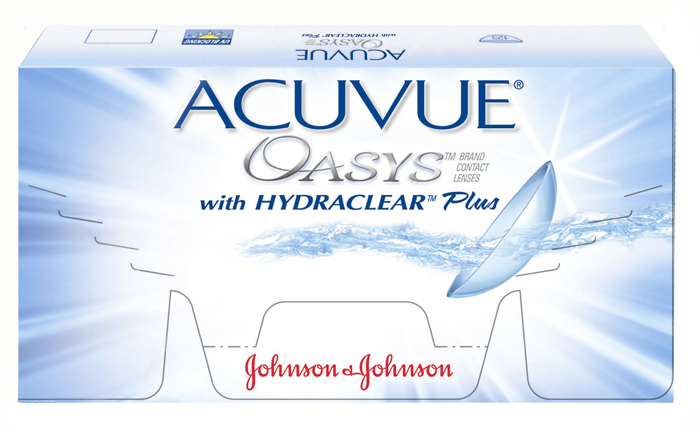From bracelets that can track your daily activity and heart rate to watches that accept phone calls and send text messages, wearable technology is becoming more common. Until now, medical professionals have had to rely on obtrusive home tests and patient compliance to gather daily data on their patient’s chronic medical conditions. For millions of diabetics, this means constant monitoring of fluctuating blood glucose levels via a finger prick and a portable blood glucose monitor. A team within tech giant Google, known as Google X, is working on making wearable technology in the form a smart contact lens. Think of a smart lens as an amped-up technology-rich version of your favorite contact lenses such as the ultra-popular Acuvue Oasys lenses.
A Marriage Made in Heaven: Tech and Medicine
Google is known for its cutting-edge technological projects that go far beyond its cornerstone Internet search engine. The company has partnered with European drug company Novartis to create a smart lens that can track the user’s blood glucose levels throughout the day. Lenses will be produced by Novartis’s eye care unit, Alcon, and so far the expected financial deals have not been disclosed.
Novartis has attempted a similar venture on their own and failed. So far, the company’s efforts to create a non-invasive glucose monitoring system that produces real-time data have been unsuccessful. According to Joe Jimenez, Novartis’s chief executive, “One of the biggest hurdles was miniaturization, and that’s one of the biggest benefits that Google X brings.” Because glucose levels can change rapidly for diabetics, constant non-invasive real-time monitoring can help improve the quality of life for millions of people.
How Does a Smart Lens Work?
Regular contact lenses, like the Acuvue Oasys, rest lightly on the eye’s surface awash in tears all day. Google’s version of a smart contact lens would use those same tears to measure the wearer’s blood sugar levels at various times throughout the day. A small chip would be embedded between two layers of contact material. A small pinhole near the chip would allow the eye’s natural tear fluid to reach the glucose sensor near the chip which is connected to a radio antennae thinner than a human hair. Information about blood sugar levels is communicated from the lens to an external device, such as a smartphone via the antennae.
When Will It Be Available?
Smart lenses are still in the development stages. Google has applied for a patent which is a hopeful sign for those who are looking forward to an end of frequent finger pricks to check blood sugar levels. While Google is non-committal about a timeline for development, Novartis chief Jimenez has been more direct. He thought Novartis “would hope to be able to commercialize it within about five years.†In addition to the possibility that such a product would fulfill unmet medical needs, Jimenez expects such a product to create a very large revenue stream.
What’s Next?
As technology advances, it is hard to place limits on the applications that companies can make to people’s daily lives. Contact lenses that have an autofocus feature are also in the works. Much like a camera lens, these lenses would enable a far-sighted person to see normally and would auto-focus when he or she looks at something closer. These lenses would eliminate the need for reading glasses and possibly even bifocal lenses in the future.
No word yet on how much a smart lens might cost, but look for other manufacturers to follow suit with their own lenses once the technology is perfected. Google may hold the original patent, but as competition in the marketplace increases the initial prices of the product will come down.
So who knows? The next time you order a box of Acuvue Oasys contacts you might be getting more than a simple contact lens. You may also be purchasing a ticket to improved health and well-being.
